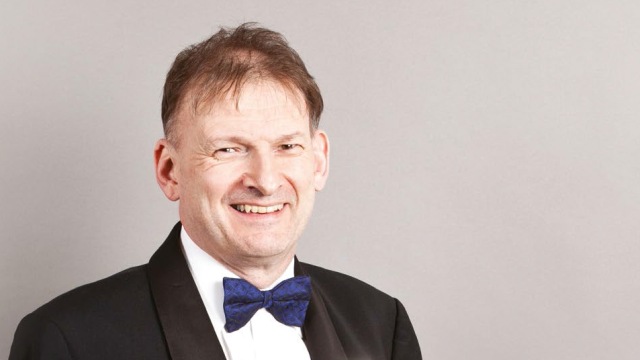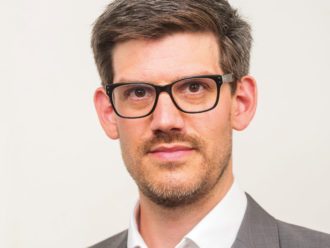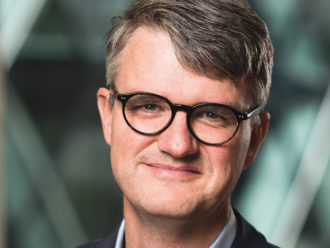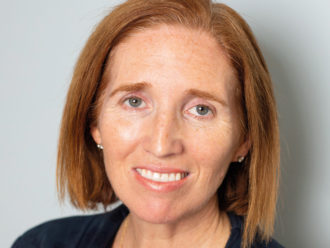So there’s a sweet spot you’re trying to target?
That’s what we try to do within the different sectors, whether it’s private equity, whether it’s infrastructure, whether it’s private debt. And obviously, in the mainstream, we tend, actually, to say, “Well, our mainstream liquid assets are generally fairly vanilla.” So we take a largely passive approach to equities and it’s quite a mainstream approach to liquid credit as well. It is those illiquid strategies that we tend to see where we can drive out more value.
A lot of pension funds are moving into more illiquid assets to pick up the premium, but it seems you’ve been doing it for a while now?
The pension fund has been investing in infrastructure since 2006, real estate before that, and has built up its private markets portfolio since then. It quickly moved into private equity and real estate debt in 2011, and real estate funds all the way through that period. Initially, it was just core property, but we’ve got opportunistic real estate, value-add real estate funds and continue to build that portfolio.
How much of the fund is invested in alternatives?
Twenty percent of the fund is allocated to what we would see as private markets, but we don’t set a specific allocation for private equity or infrastructure. That 20% covers private debt, private equity; all of those different alternatives. Then it’s really more of a question of where we think the good opportunities are at the particular time, and how they sit within the portfolio.
Clearly we don’t really want all 20% in private equity and US small and mid-cap. Having said that, US small and mid-cap does provide a fairly sizeable slice of the portfolio because of timing and when we’ve invested in certain things.
Are there any gaps in the portfolio or current opportunities in private markets?
We knew for a long time we had a gap in terms of Asian real estate, for example. We didn’t have any. We never found the right fund or opportunity that we thought made sense and would deliver value at the right time.
Another hole has been US real estate because it has suffered, in our view, from the tax framework. That’s changed, so foreign investors no longer suffer as much tax. But is now a good time to invest in US real estate? We’re thinking, “Not entirely sure.” I would have much preferred to have invested in, say, 2011 or 2012, but got put off by the tax situation. We actually think maybe real estate debt is the better place to be because we’ll get a steady income and we’re in a more senior position. And if this does create a bit of a bubble, because there’s an inflow of foreign money coming into it, then maybe you’re better placed if you’re in the senior position.
In the case of Asian real estate, it sounds like you would like it to be in the portfolio, but you have not yet found the right manager.
We identified that Asian real estate is probably not a bad thing to have, but for five years we did nothing about it because we didn’t see anybody that we really liked. We didn’t really feel that comfortable with, “We have to do it now.” It was more a case of, “Let’s find the right opportunity and the right team.”
Has having an early allocation to alternatives put the fund in a good position in terms of the current scramble for yield?
In terms of asset performance, we’ve been outperforming the assets. The challenge for the pension fund is that it still has a deficit and the low interest rates have made that worse. So even though we’re outperforming our benchmarks on asset returns, we’ve still seen the deficit get bigger because the schemes have not been hedged as much as they perhaps ought to have been. But nobody predicted that rates would get as low as they have done.
What has the fund moved into this year?
Well, we actually did an Asian real estate fund, which was a first. We have done more private credit. We did a Dutch private equity fund, which was different for us because we have typically shied away from single jurisdiction European funds.




